Flexible Seating: 21 Awesome Ideas for Your Classroom
All Posts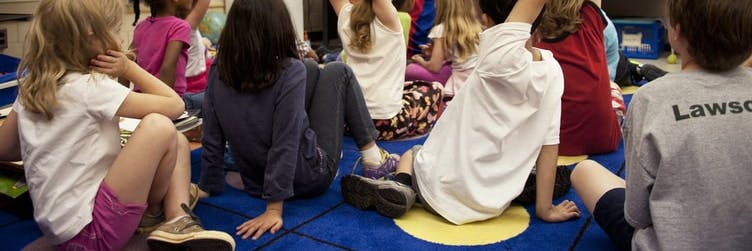
As a teacher, you can't always choose your classroom.
But you can always choose how you arrange it.
That choice -- as differentiated instruction research has shown -- can have a deep impact on how your students learn.
But even if you’re ready to bring flexible seating into your classroom, visualizing the change can be daunting.
So, what are some actual, easy ways to deploy flexible seating in your very own space?
Find some inspiration in this collection of 21 of our favorite flexible seating ideas.
1. Bean Bag Chairs
The physical environment of your classroom should be comfortable for students of all heights and sizes. The bean bag chair is a popular choice in flexible seating arrangements because it accommodates this variety.
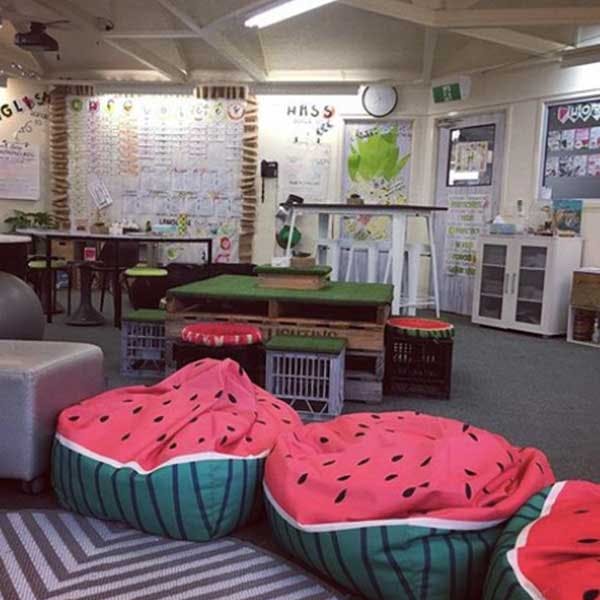
Idea one (Image credit @teaching6 on Instagram)
Bean bag chairs are also effective because they’re appropriate for group activities as well as for activities that require quiet, solitary work.
Shivonne Lewis-Young, a Grade 3 and 4 teacher with a large number of high-needs students, makes use of bean bag chairs in her classroom. And her experience shows that flexible seating isn't just about giving students a comfier place to sit. It shows that redesigning your classroom with seating like bean bag chairs is actually part of a bigger idea: giving students the choice to sit where -- and how -- they want. As Lewis-Young observes:
It's very powerful when kids feel like they have choice and a voice. It builds trust and mutual respect.
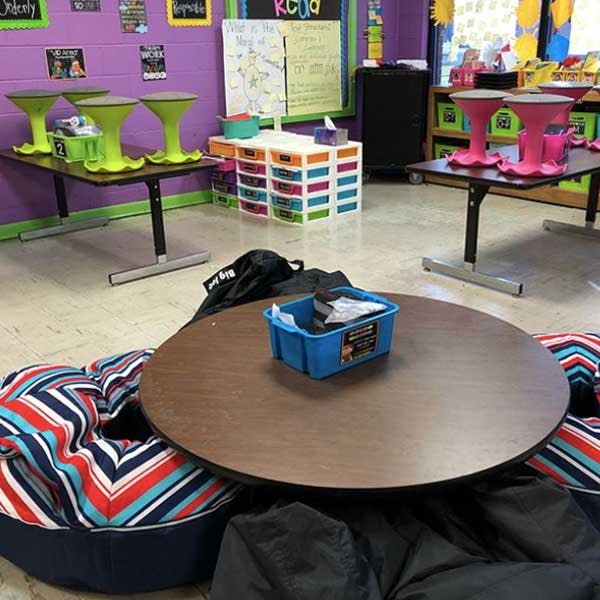
Idea two (Image credit @1stgradeiswienerful on Instagram
2. Exercise Balls
It can be hard for children to sit still, which -- as every teacher knows -- can make it difficult for students to stay on task.
Many students respond well to using exercise balls (also known as stability balls, yoga balls, or balance balls) because they offer a range of motion while allowing a student to stay seated.
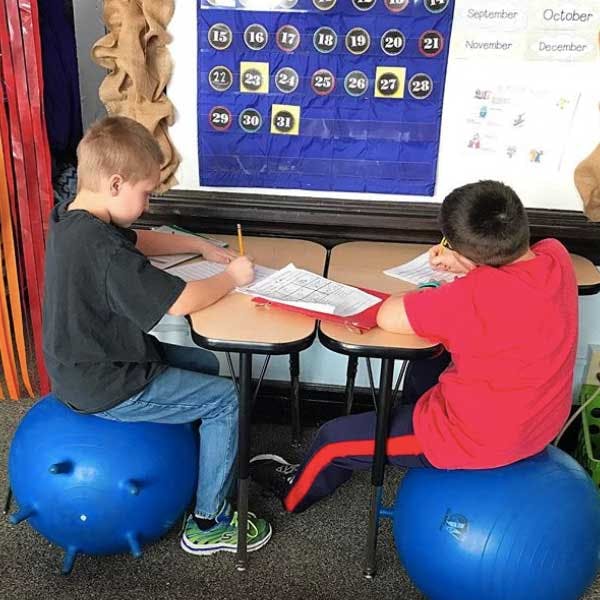
Idea three (Image credit: @topdogteaching on Instagram)
These two students are pupils of Kayla Delzer, a 2nd Grade teacher and author whose passionate advocacy of flexible seating and classroom redesign has earned her the title of one of the top 100 innovative teachers worldwide.
Delzer, like many teachers who now embrace flexible seating, is keen to note how changing the physical space of a classroom directly maps to an impact on student behavior and learning outcomes. She even argues that the physical arrangement of a classroom can signify a broader shift towards a new approach to teaching overall, remarking:
Redesigning a classroom or implementing unassigned flexible seating is a shift in both structure and teaching philosophy -- an entire mindset shift.
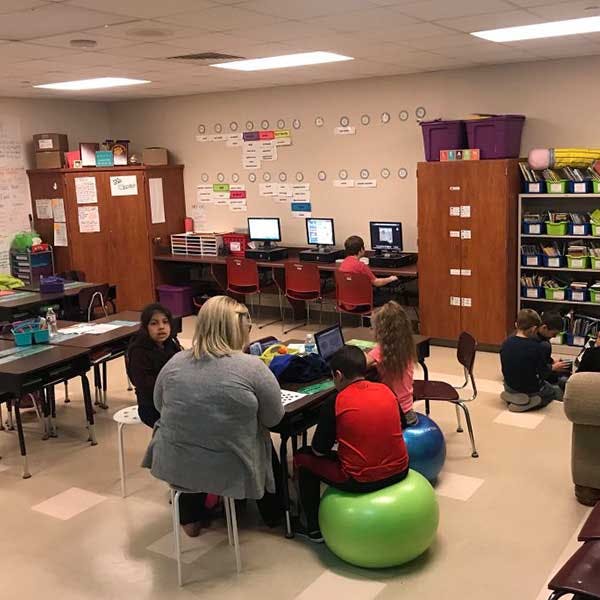
Idea four: (Image credit @jillian_trimm on Twitter)
As with bean bag chairs, exercise balls can simply double as alternate seating in a huge array of contexts. In the example above, they are used as computer chair seats.
In the example below, they are so popular in one class they have completely replaced the standard seating varieties seen in most classrooms! Be sure to note that, depending on the age group, you will likely have to make some rules surrounding the use of exercise balls (for example, bottoms stay touching the exercise ball, only tiny bounces allowed, and/or two feet on the floor at all times).
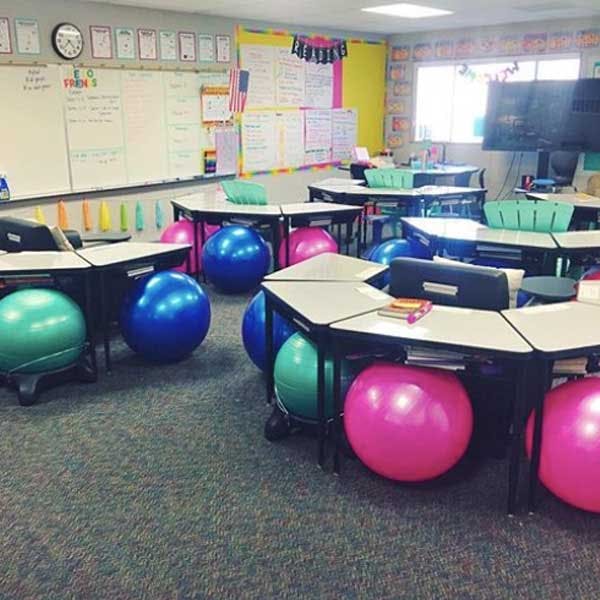
Idea five(Image credit @hello3rdgrade on Instagram)
3. Stools
A simple change compared with most flexible seating trends, stools(typically coupled with high-top tables) are a great option in a redesigned classroom.
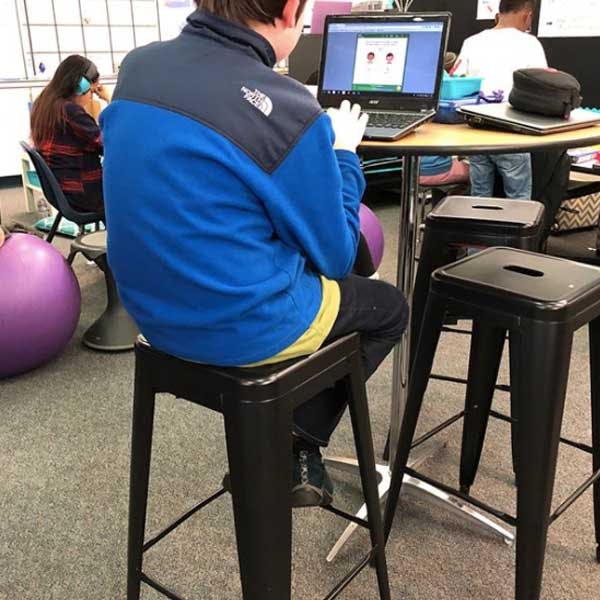
Idea six(Image credit @all.about.the.abcs on Instagram)
Stools allow students to adopt different -- and, frequently, healthier -- postures than conventional seating arrangements.
Many teachers enjoy using them as options in a flexible seating classroom because they are conducive to both individual, quiet study as well as more collaborative, discussion-based group work.
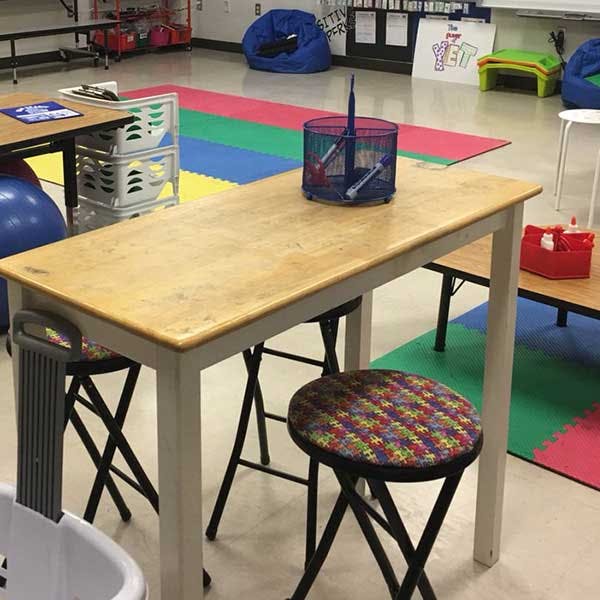
Idea seven Image credit:@SummerfordStars on Twitter
Finally, stools with high tables are also useful because they give students the ability to switch between sitting and standing within the same working or studying session.
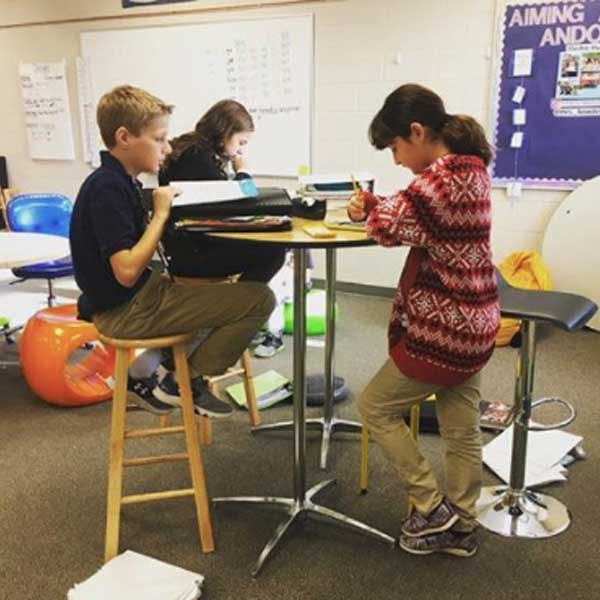
Idea eight Image credit:@mrs._bowden on Instagram
4. Working on the Floor
While it may seem disorderly at a glance, working on the floor is an ideal solution for students who have difficulty sitting still for prolonged periods of time.
Flexible seating encourages children to sit where they wish based on their needs, and -- as you will likely find -- children are often satisfied to work (and work productively) on the floor.
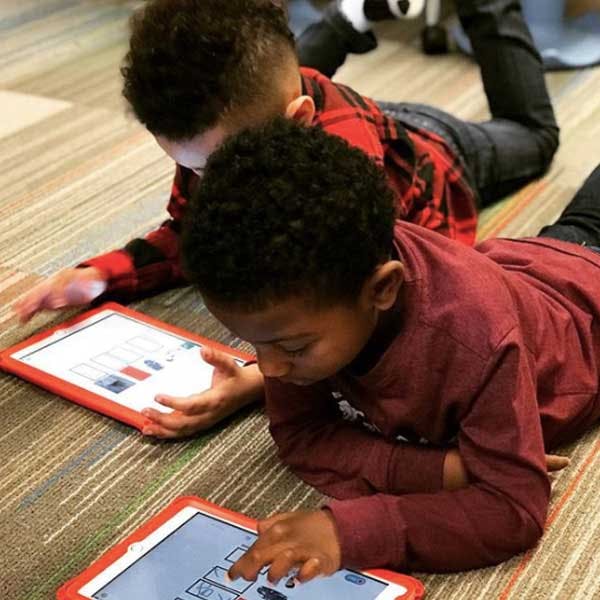
Idea nine Image credit: @creatingteachinginspiring on Instagram
In the example above, students use tablets on the floor. In the example below, students read books. Both of these scenarios demonstrate that you don't need expensive equipment to transition your classroom into one that supports flexible seating.
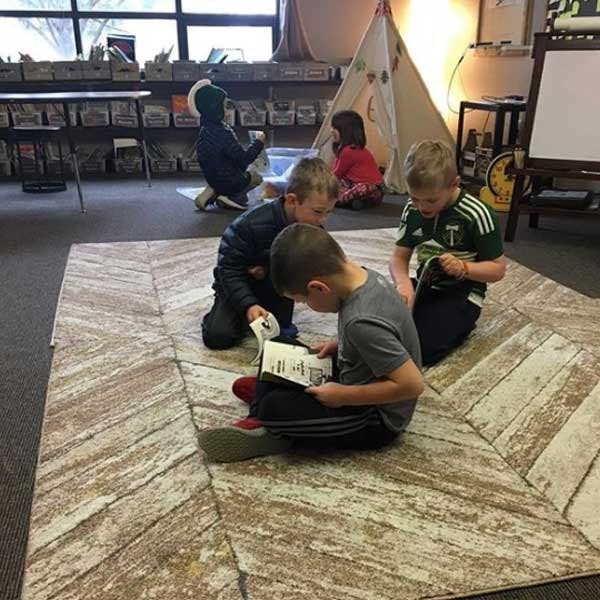
Idea ten (credit @teachlikeyoumeaniton Instagram)
5. Cushions or Mats
Every student learns (and typically, sits) differently, but teachers often find that a simple cushion or mat is a popular choice among students in flexible seating classrooms.
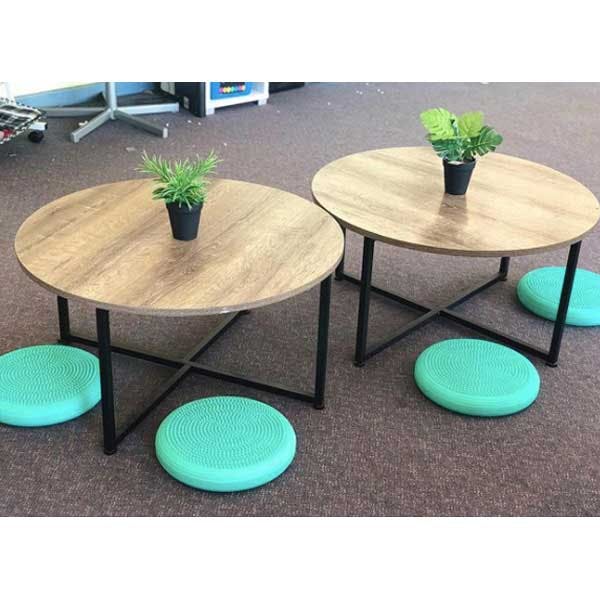
Idea 11 (Image credit @miss.goodytwoshoes on Instagram)
Kristine Fourman, a teacher in the Bucyrus Elementary Preschool Program, is passionate about the connections between seating, students, and academics. A simple cushion or mat is one flexible seating option that works because, as she says:
when students aren't trying to hold themselves still in their chairs, they can integrate auditory, visual, and tactile systems of the body.
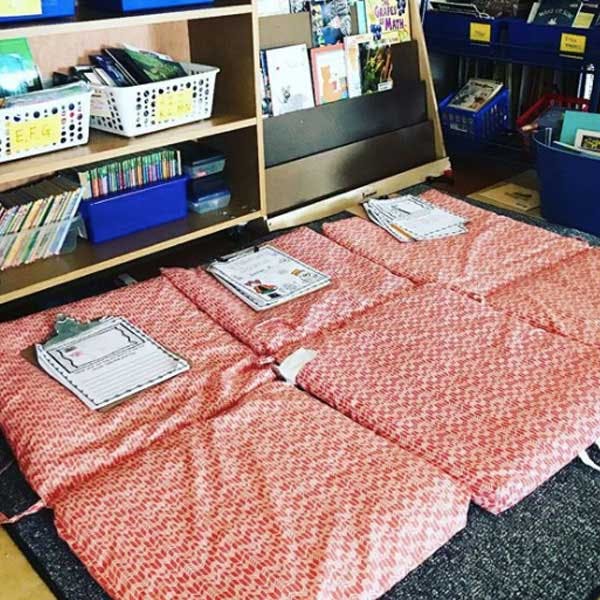
Idea 12 (Image credit @lindseynagorski on Instagram)
6. Couches
You probably don’t associate a couch with academic performance or mental focus, but it is a viable -- if slightly less common -- option for flexible classroom seating.
While a couch is not always suitable for individual activities, it can anchor a specific section of your classroom.
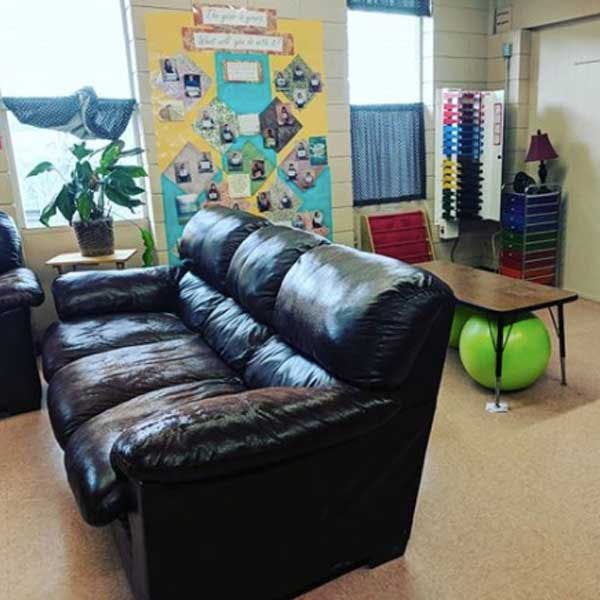
Idea 13 (Image credit @levanhook on Instagram)
If you are working with a limited budget, a couch will probably not be your first option.
If your school is unable to help finance your new classroom arrangement, you can ask for donations or view discount options at second hand stores.
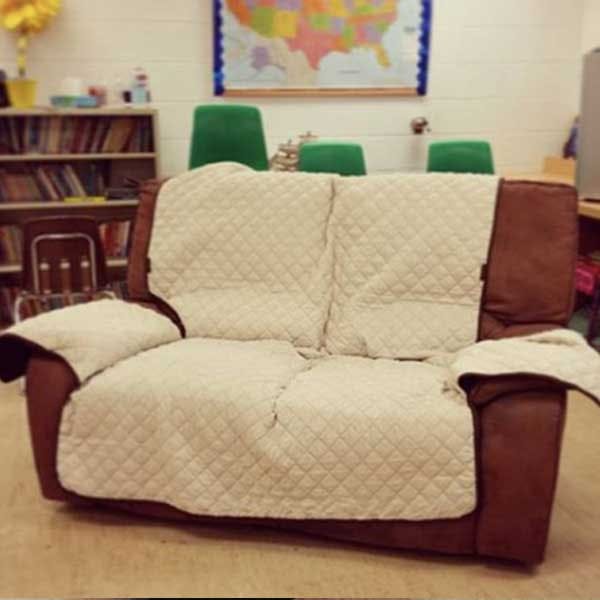
Idea 14 (Image credit: @ms._dubs on Instagram)
7. Standing Desks
While standing desks are better known for their increasing popularity in offices and workplaces, their presence is also growing in schools around the world.
And they’re catching on for a reason: numerous studies show that prolonged periods of sitting can be terrible for our health.
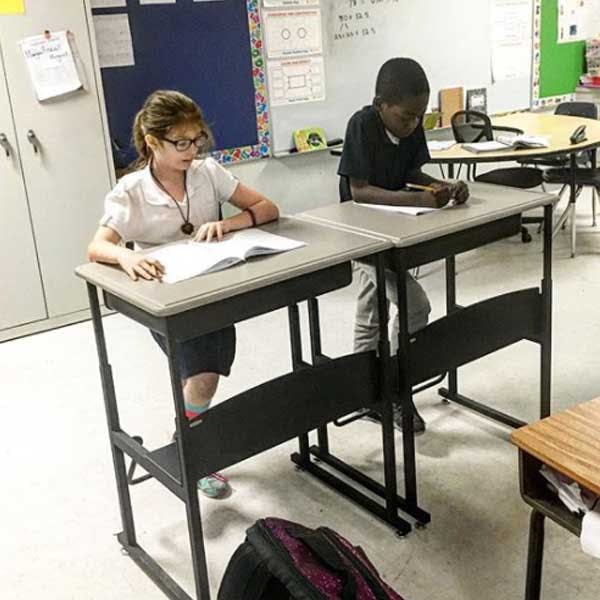
Idea 15 (Image credit @standupourkids on Instagram)
Since their benefits are numerous and their impact on performance can be unmistakable, there’s no sense in conceiving of standing desks as useful only to adults or in the context of professional work.
As with many flexible seating options, some students may take time to adjust to standing desks.
But once they become accustomed to the new experience of working while standing, they’re likely to prefer a standing desk to a conventional one!
8. Low Tables
A low table sits at a diminished height relative to conventional chairs. This can make low tables difficult to find. You may even require customized adjustments to a normal table.
But the fact that many flexible classroom teachers go through the trouble of getting them suggests that they can be worth the effort.
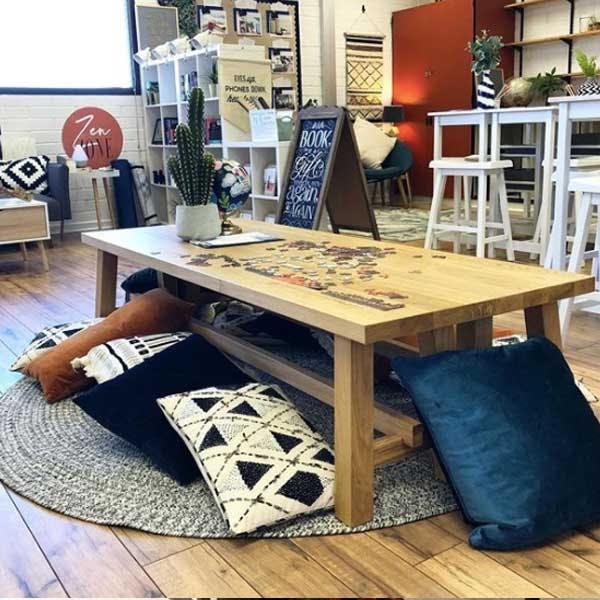
Idea 16 (image credit @thesuperheroteacher on Instagram)
Equipped with or without a cushion, low tables represent yet another option for kids who don't sit well at desks all day long.
Students can use a low table to kneel, sit cross-legged, or even sit on top of -- for example, during reading activities.
9. Scoop Chairs
While not particularly well-known outside of the classroom, scoop chairs are popular among elementary teachers.
While they come in a variety of shapes and sizes, scoop chairs are usually lightweight (making them easy to drag around or relocate) and offer good back support, serving as excellent options for inducing focused, individual activity.
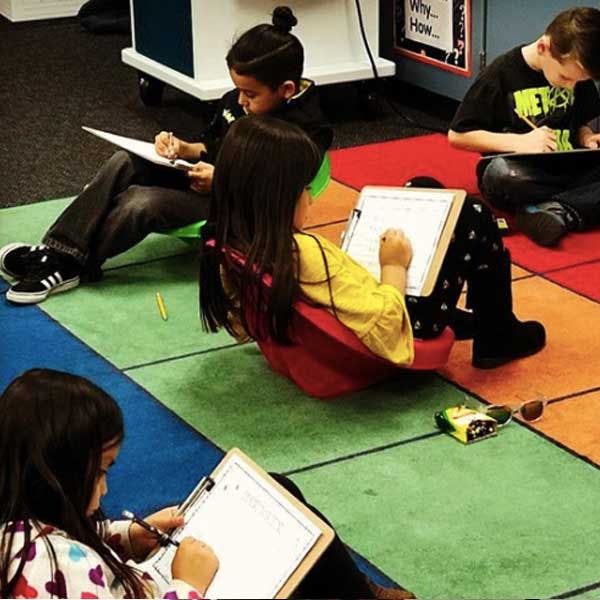
Idea 17(Image credit @kimberlymorrison_tpt on Instagram)
Kim Raney, a kindergarten at Wedgeworth Elementary School, uses such chairs as part of her classroom’s flexible seating arrangement. While some teachers express concern over the distraction that such a diverse array of seating choices -- including scoop chairs -- might cause, Raney notes:
I have found that letting the students sit where it is comfortable for them keeps their attention more focused on me and teaches them to have control over their learning environment.

Idea 18 (image credit @bravelearns on Instagram)
10. Wobble Chairs
Wobble chairs (or wobble stools) are perfect those students that just can't sit still.
Wobble chairs encourage active sitting and provide light exercise for the legs, back, and core.
Your classroom should give off a friendly, welcoming ambiance where students feel they belong. Even a change to seating equipment as simple as wobble chairs can help you make that a reality.
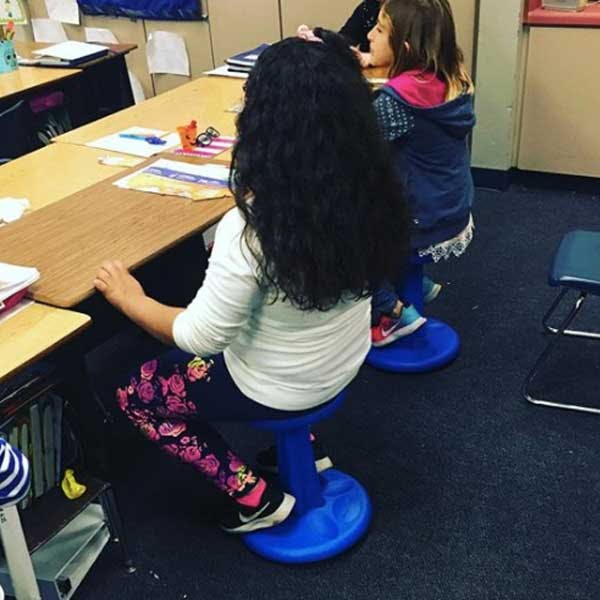
Idea 19 (Image credit:@missmoeteaches on Instagram)
As in the example above, wobble chairs can be used in group settings or arrangements of joined desks. As in the example below, they can also be used effectively for individual tasks requiring focus, like reading.
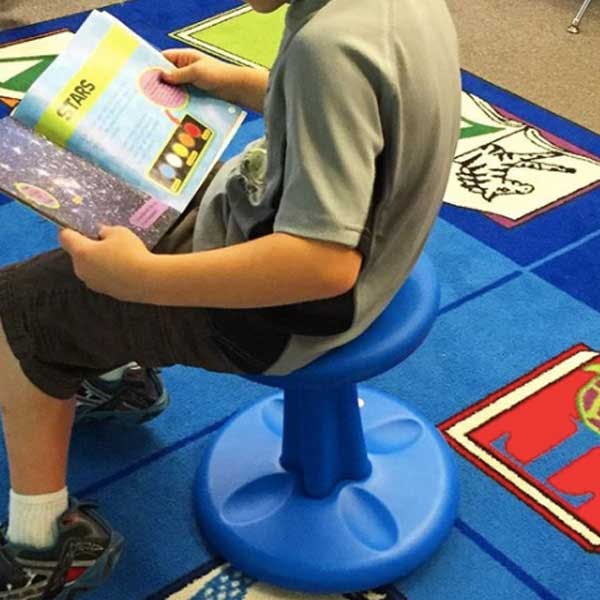
Idea 20 (Image credit: @kathryn_elizabeth_on Instagram)
11. Conventional desks and chairs
And, finally, you are always going to have students who simply want to sit at a regular, conventional desk on some days or for certain activities or assessments. Flexible seating isn't about completely tearing up the way you physically arrange your classroom. It's about rethinking the classroom environment and providing options to students in a way that opens up their possibilities for learning.
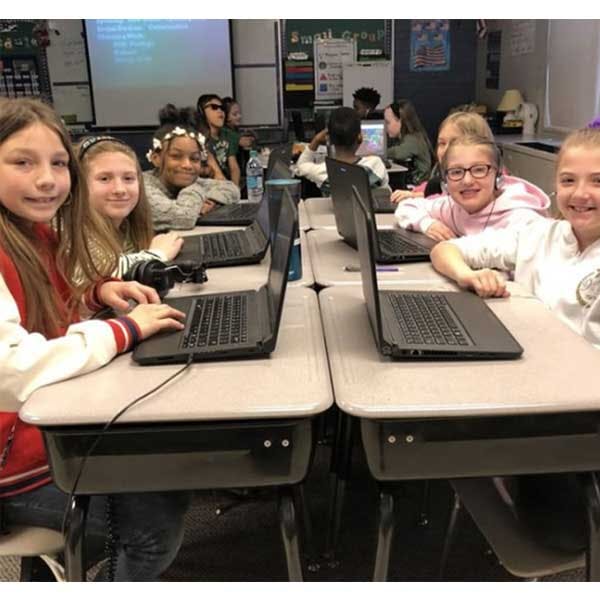
Idea 21: A Prodigy classroom. Prodigy is a curriculum-aligned math game used by more than 30 million students around the world!
Flexible Seating Benefits: The "Why"
Researchers continue to study the benefits of flexible seating, but the practice’s popularity has spawned greater public awareness of -- and interest in -- what it can do for students.

The primary benefits of flexible seating include its ability to:
- Increase collaboration -- Opening up the classroom environment encourages greater collaboration, communication, and interaction between students and teachers alike. Flexible seating can facilitate teacher-child interaction and peer-teaching on a level that surpasses the results seen in traditional teacher-fronted settings.
- Enable new teaching strategies -- The open environment of flexible seating fosters and facilitates a number of different teaching strategies. Rearrange your space and you will likely find that it becomes more conducive to teaching strategies such as experiential learning or cooperative learning, which can help students remain focused and learn faster.
- Reduce extended sitting -- A 2009 study in the British Medical Journal suggests that children and adults must avoid sitting for too long. If we sit for too long during the day, the risk increases for health changes that lead to diseases such as type 2 diabetes or cardiovascular disease. Flexible seating offers alternative postures and positions that help students learn without sitting down all day.
- Help students focus -- The novelty and stimulation students receive through an interactive and changing classroom setting positively impacts behavior, according to educational researcher Sheryl Feinstein's book From the Brain to the Classroom. In it, she observes that "bland, unchanging" school environments cause students to be "off task more often" than they are in flexible seating arrangements where frequent adjustments occur. In fixed environments, students "tend to seek out their own stimulation through movement, off-task talking, or disruptive behaviors."
Flexible Seating Tips: The "How"
Every student is different, every class is different, and every teacher is different. But, in light of these considerations, the process of adopting a flexible classroom can be facilitated with the following suggestions.
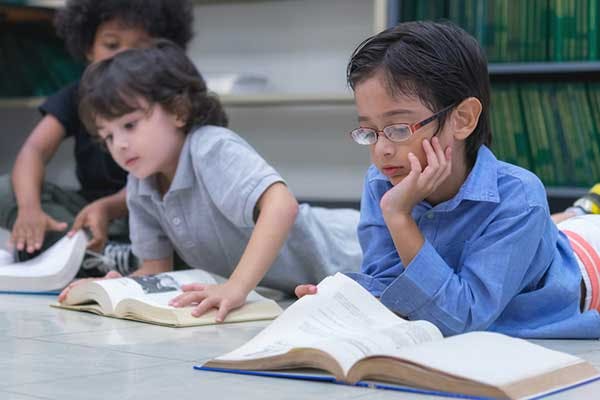
- Maintain transparency -- Ensure that parents, guardians and relevant figures at your school are kept up to date with the changes you make in your classroom (and the success it brings!)
- Collaborate with others -- Be sure to communicate with other teachers who express interest in creating their own flexible seating classroom so that you can share resources and ideas.
- Make changes slowly -- Start with smaller changes initially to experiment with the new approach. Use the experience to learn how your students react. Think of the approach as a process building up to your final vision. As students become adjusted to the changes you make and as you learn how to manage the new classroom dynamic, you will gain confidence in taking further steps to adopt flexible seating.
- Assign spaces, if necessary -- Because a new physical space will open up more interaction and movement, you can expect behavioral changes from your students. It may be helpful to assign spaces and create a rotation of students through the options you have set up in order to avoid conflict, accustom and introduce your students to the new workstations, and put down rules for how to resolve competition over spaces.
Important Considerations: The "What"
While the benefits of flexible seating are apparent, there are significant considerations, especially for teachers new to the approach.

- Issues with classroom management may present new challenges as your students learn to adapt to a new space and a new approach to working productively.
- Moving from a conventional classroom arrangement where furniture has already been provided can cause issues with storage as you eliminate chairs and/or desks.
- You will need to experiment, adjust, and carefully plan your arrangements while you are already dealing with the range of classroom issues that all teachers must juggle, such as instructional planning, learning differentiation, and positive relationship building.
- Fellow teachers may be reluctant to adopt a similar change and you may find yourself with limited experience to draw on for suggestions or support.
- Your district may not be able to support you financially with regard to the purchase of new equipment, and the personal monetary cost can be significant for many teachers who wish to adopt flexible seating.
"Creating Circumstances": Final Thoughts on Flexible Seating Classrooms
To succeed in adopting flexible seating, sometimes you have to be just as flexible as the furniture.
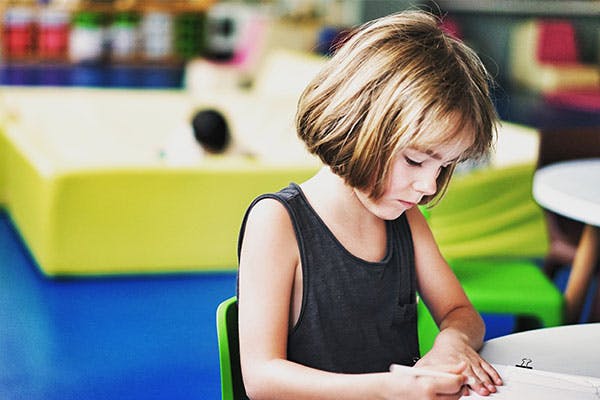
But when your classroom gets the hang of it, the rewards can transform the entire learning experience. As the celebrated educational theorist and veteran teacher Sir Ken Robinson observes,
Human resources are like natural resources; they're often buried deep. You have to go looking for them. They're not just lying around on the surface. You have to create the circumstances where they show themselves.
The same can be said about the philosophy behind flexible seating. Ask yourself why you're rearranging your space: are you just doing it for the sake of it? Of course not. You're "creating the circumstances" where your students can learn, grow, and succeed.
Create or log in to your teacher account on Prodigy -- a game-based learning platform that assesses student progress and performance as they play. Aligned with curricula across the English-speaking world, it’s used by more than 800,000 teachers and 30 million students.



